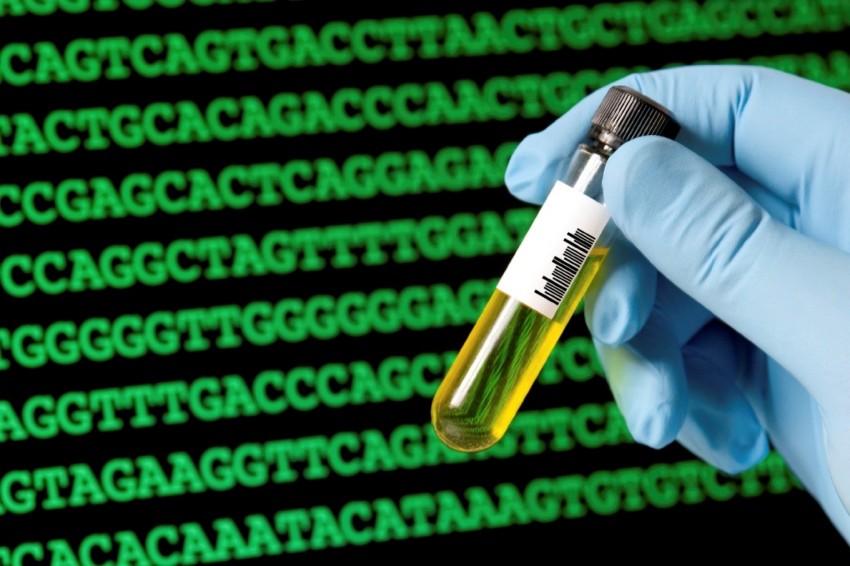Ann Quinlan | Contributing Writer
Since this new science is becoming more and more difficult to grasp, let’s start off with the basics.
What exactly is ‘Synthetic Biology’?
It is a nascent field of biology, which like a biological organism itself, is constantly evolving; it is new, it is adaptable and it appears to offer lucrative financial and innovative social rewards. It enhances our quantitative comprehension of the natural world and allows us to gain insight into the biological principles underlying it.
Due to its scope and novelty, definitions of synthetic biology are numerous and cumbersome, so it is easier to imagine its scientific approach being more, ‘It pays to play with DNA’ rather than the traditional dictates of classical science. According to SyntheticBiology.org, it is “a) the design and construction of new biological parts, devices and systems and b) the re-design of existing natural biological systems for useful purposes.”
Synthetic biologists are interested in the origin of life, creating innovative biomolecular solutions, and redesigning natural systems to produce targeted outcomes. Essentially, synthetic biologists view organisms as systems capable of manufacturing and being programmed. DNA is considered a sort of instructional software, amenable to artificial manipulation and thus it applies the engineering paradigm of systems design to biological systems.
A report conducted by NEST (New and Emerging Science Technology) a High-Level Expert Group from the European Commission affirms that such biological programming can “produce predictable and robust systems with novel functionalities that do not exist in nature.” Thus, synthetic biology differs from bioengineering and current recombinant technologies; genes are not just inserted from one existing system to another, instead whole genomes are constructed and programmed from scratch. Taking this concept and implementing it in our own ecosystem, we see how tumour-killing bacteria may be built, or adding genes to fungi for growing biofuels may be developed.
What are its applications?
The applications of synthetic biology are multi-faceted, sci-fi style, geek-out-inducing exciting. Its potential sweeps from medical (diagnostics and therapeutics), to environmental (remediation, sensors and energy production) and even commercial (food processing, agriculture and biochemical manufacturing). The economic response to synthetic biology is also a reason for celebration, with academic and industrial sponsors queuing up to be involved in this expanding sector.
Just last month, the international pharmaceutical giant Pfizer signed a three year collaborative agreement with the Synthetic Biology Center of Massachusetts Institute of Technology. Jose Carlos Gutierrez-Ramos, group senior vice president and head of BioTherapeutics Research and Development at Pfizer spoke of “reaching a key inflection point where advances in synthetic biology have the potential to rapidly accelerate and improve biotherapeutics drug discovery and development, from early-stage candidate discovery through product supply, which could bring better, more effective therapies to patients more rapidly.”
Similarly, NEST discloses, “It is obvious that Europe should invest in this area, in order to create the necessary intellectual and physical infrastructures, and capture a share of the valuable intellectual property that is at stake.”
How is it relevant to Trinity’s science, medical and engineering students and graduates?
Well, it is a budding area of scientific research with outcomes, packing clinical and commercial punches across a global platform. Prospective employment opportunities and postgraduate education options in this field are promising and are certain to demand a steady flow of appropriately trained and informed individuals capable of performing extensive analytical, precise and evidence-based research.
As summarised in NEST’s report, “What is needed, and is not established in the US either, is a framework for coordinating the current research, fostering a community of researchers (particularly among younger scientists) and creating a forum for the establishment of clear goals, shared tools and agreed standards”. A synergy of scientists from assorted disciplines (nanotechnology, engineering, statistical analysis, biology, genetics, organic chemistry) will be required to collaboratively design and redesign products and organisms. Such integrated inter-disciplinary knowledge and pooling of resources will serve to enrich the greater scientific community and the public at large.
Issues of industry policy, self-regulation, biosafety, licensing, monitoring and associated bio-ethics are all valid concerns yet to be ironed out in the field of synthetic biology. The question of public mistrust and inadequately distributed information must also be addressed. Undoubtedly humans are most fearful of what we do not understand and of our own untapped potential, thus synthetic biology is sure to encounter many obstacles throughout it’s progression. The emerging science will test natural parameters in a myriad of novel and exciting techniques some may find disorienting, complex or even disturbing. The implications for synthetic biology cannot be ignored, and the significance cannot be underestimated as the potential is unparalleled. Indeed, synthetic biology will explore the boundaries themselves at the intersection of man and machine.







